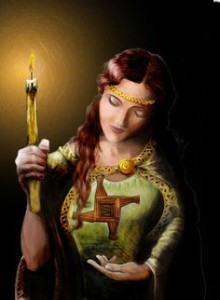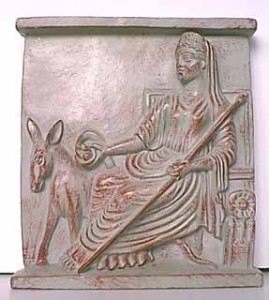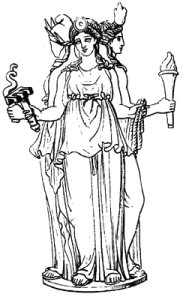Jan 24 – Feb 1 Sementivae – Old Roman festival of sowing, honoring Earth Goddess Terra (Greek Gaia), Grain Goddess Ceres (Greek Demeter), and Seed Goddess Proserpina (Greek Persephone).
Jan 25 – 30 Feast of Old Egyptian creating and destroying God-Goddess Amen – Amenet – The eternal transformer. Egyptians who deeply studied the Divine, (usually only members of the priesthoods and priestesshoods) came to perceive the many Gods and Goddesses to be aspects of the one God-Goddess Neter-Neteret.

Jan 31 – Feb 2 Imbolc / St. Brigid’s Day – Old Celtic / Irish feast of Goddess Brigid; merged with the Christian feast of St. Brigid. Fires were lit to welcome Her as She traveled about blessing fields, animals, and people.
Jan 31 – Feb 3 Old European Lunar New Year – Celebration of the Triple Goddess (Goddess of the Moon and the Seasons) being transformed from the Crone into the Virgin; celebrated with ritual bathing of divine images.
Jan 31 – Feb 4 Mid-Winter / Candlemas – Festival marking the transformation from death to life, the beginning of the agricultural year, awakening of hibernating animals, and return of migrating birds and fish. Observed with a candlelight procession to bless fields and seeds, recognition of newborns, and contemplation of life.

